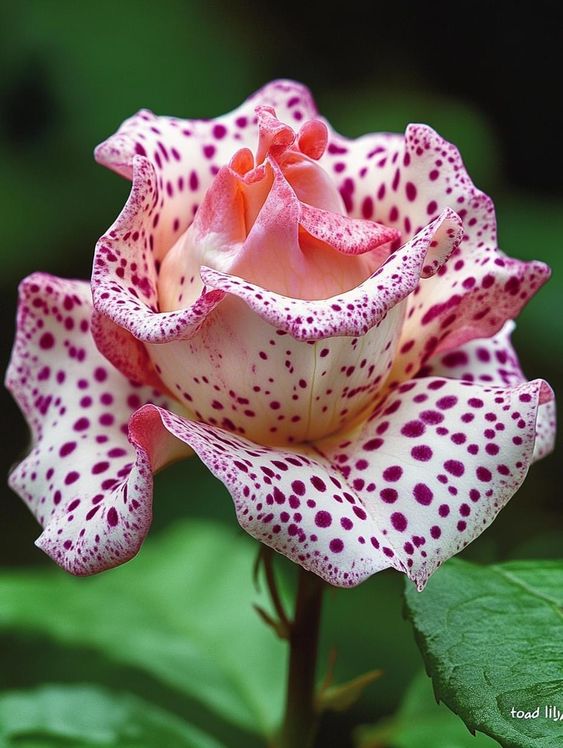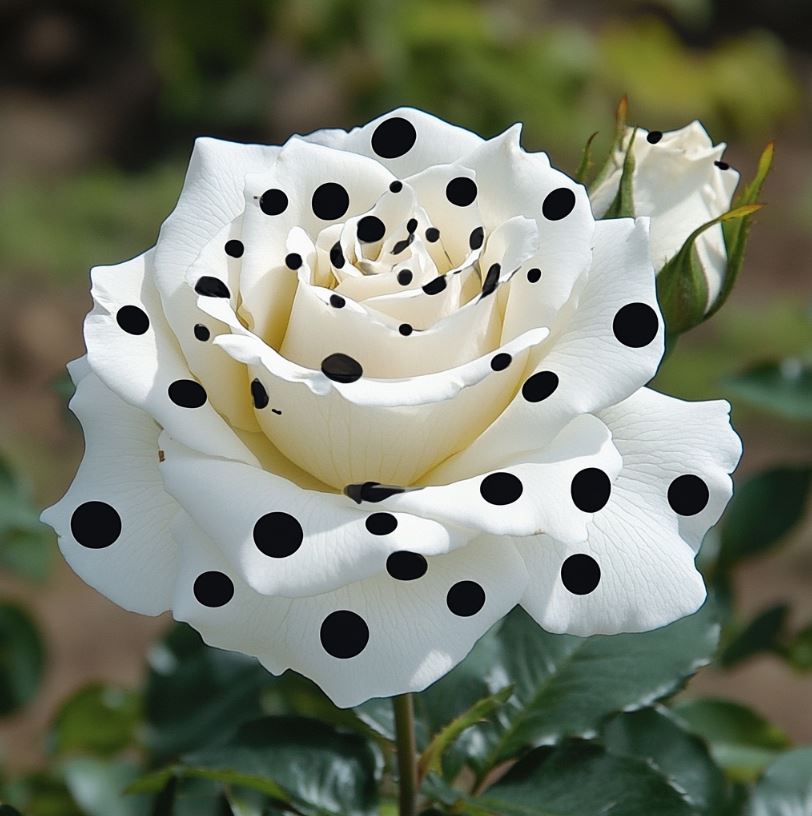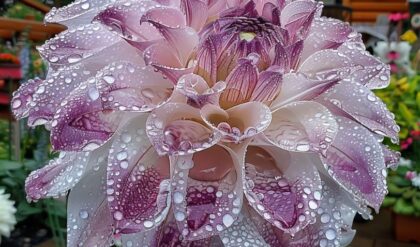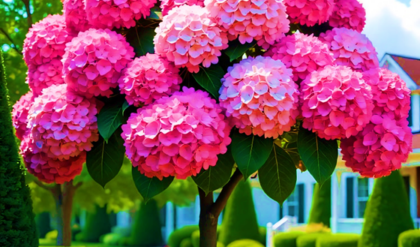Caring for roses is akin to nurturing a delicate relationship; both require attention, patience, and the right environment to flourish. The journey begins with choosing the ideal location for your rose bushes, emphasizing the importance of sunlight. Ideally, roses should bask in at least four hours of sun each day, as this sunshine translates into thriving blooms and vibrant foliage . Soil conditions play a crucial role as well; ensure the soil is well-drained to avoid the disastrous consequences of root rot that can plague waterlogged plants. This balance mirrors life itself, where what seems like an attentive act—like overwatering—can sometimes lead to negative outcomes.

Planting Your Roses
When planting your roses, think of it as preparing a stage for a grand performance. Not only do they need to be positioned correctly, but they also benefit from specific planting techniques. For instance, before planting, it’s advisable to soak the roots in tepid water, ensuring they receive hydration while adapting to their new environment . Space is another consideration; give each plant some elbow room to breathe—both figuratively and literally—thus allowing air circulation that can deter potential diseases. Imagine a crowded room filled with people who cannot converse freely—that’s how clustering rose bushes can inhibit their growth!
Seasonal Maintenance Essentials
Once planted, the attention shifts to seasonal care routines. As summer rolls around, regular maintenance becomes vital. Pruning after major bloom cycles—often a rewarding task during which you remove dead or diseased stems—not only tidies up the appearance of your roses but also encourages prolific flowering in the long run . Deadheading spent flowers can be seen as nature’s way of allowing for rebirth: by removing the old, you make space for new life and fresh blooms, reinforcing the notion that every end heralds a new beginning.

Watering Techniques
Watering your roses is another nuanced aspect of care. Rather than frequent, shallow watering—which invites surface root systems and hinders deeper growth—aim for deep, less frequent watering sessions. This encourages roots to delve deep into the earth, embodying a philosophy where one must seek strength within rather than on the surface . If timed correctly, these deep watering sessions can align with warmer temperatures, maximizing their effectiveness.
Nutritional Needs
Nutrition is critical for healthy roses. Embrace a fertilizing schedule that aligns with mother nature; generally, applying a granular rose fertilizer in early spring, post-thaw, serves as a rejuvenation ritual for your plants. It’s not just a simple feeding; it’s preparing them for the season ahead while also paralleling the human experience of starting anew with adequate nutrition and care . Additionally, adding compost or mulch creates a protective layer around the base, maintaining moisture levels and enrichening soil health—akin to offering sustenance from diverse sources, ensuring a balanced diet for optimal growth .

Weeding and General Tidiness
The aesthetic appeal of a rose garden can often be marred by weeds and debris. Clearing fallen leaves or other organic material serves a dual purpose—preventing pests while enhancing overall beauty. Creating a tapestry of nature requires diligence; the presence of weeds not only detracts visually but competes for resources that ought to benefit the roses . It is a reminder that in any ecosystem, both floral and personal, competition for limited resources necessitates conscientious care.
Care for roses is more than just an ornamental endeavor; it reflects broader life principles about nurture, growth, and adaptability. By understanding the nuanced requirements of roses—from light conditions to pruning best practices—we discover that tending to these beautiful plants can serve as a metaphor for cultivating our own lives.





